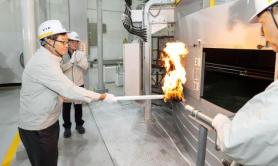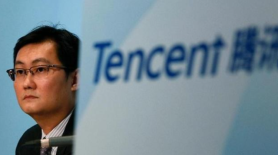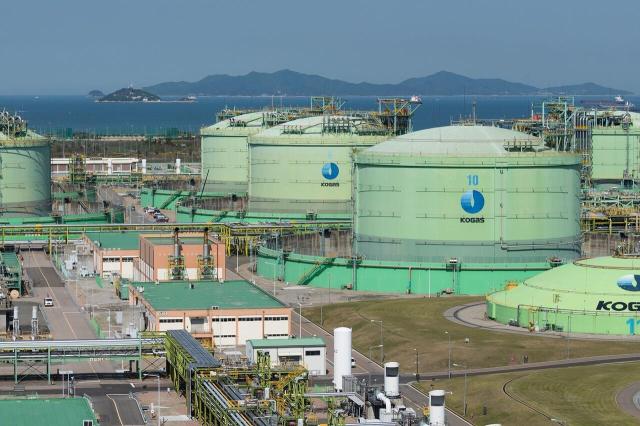
Editor's Note: This article is the 27th installment in our series on Asia's top 100 companies, exploring the strategies, challenges, and innovations driving the region's most influential corporations.
SEOUL, July 16 (AJP) - As artificial intelligence reshapes global energy consumption patterns, the Korea Gas Corporation (KOGAS) is placing a bold wager on liquefied natural gas.
The state-run energy company reported this week that the first shipment of LNG from the Canada LNG project — in which it holds an ownership stake — is en route to South Korea. The milestone marks a strategic shift as the company looks to reposition LNG as a central pillar of the AI-powered economy.
The Canadian cargo, expected to be cheaper than current imports from the Middle East, Australia, and the United States, underscores KOGAS’s efforts to diversify its sourcing amid intensifying geopolitical instability. The three regions currently account for more than 70 percent of the company's LNG portfolio.
Executives are also weighing possible participation in the long-delayed Alaska LNG project, a move that could broaden supply lines while offering diplomatic leverage in trade talks with the United States.
But the project remains mired in uncertainty, with industry analysts citing unresolved questions around financing, cost competitiveness, and commercial viability. Previous withdrawals by energy majors such as ExxonMobil and BP have raised red flags about its long-term potential.
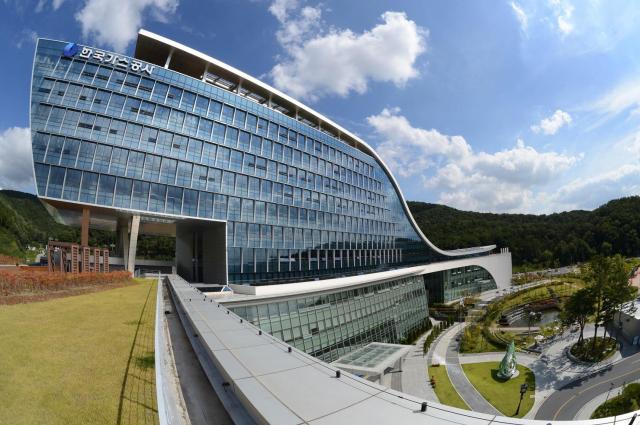
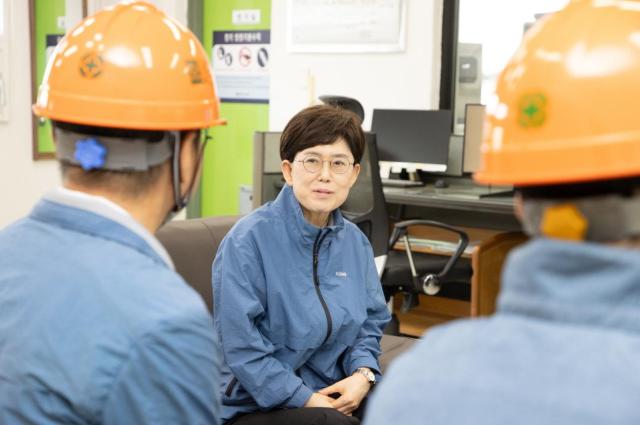
Founded in 1983 to ensure stable natural gas supplies, KOGAS began operations three years later at its Pyeongtaek terminal. The company has since grown into one of the world’s largest LNG importers, boasting the highest global storage capacity — 11.47 million kiloliters — and supplying about 80 percent of South Korea’s LNG needs.
Over the decades, KOGAS has built a sprawling import network.
It began sourcing from Qatar in 1999, followed by Oman, Yemen, Indonesia, and Australia. More recently, the company added supplies from Mozambique, expanding its footprint into Africa.
Today, that diversification is more than an operational strategy; it is a geopolitical hedge. As energy markets become increasingly exposed to conflict, sanctions, and trade restrictions, KOGAS is seeking to secure supply lines for what it sees as a new kind of energy demand — one driven not by households.
At a company-hosted forum on July 11, CEO Choi Yeon-hye laid out a vision for LNG in the age of artificial intelligence.
“We will actively reflect the opinions provided by experts through the KOGAS Forum to further strengthen future energy security and drive innovation in the natural gas industry,” she said.
Choi highlighted the potential for LNG-powered distributed generation to support data centers — a critical infrastructure layer as AI accelerates electricity consumption.
To that end, the company is constructing a major LNG terminal in Dangjin, South Chungcheong Province. When completed in 2030, the facility will include 10 storage tanks and a full suite of port infrastructure.
The first tank — at 270,000 cubic meters, the largest in South Korea — was topped off in May. Choi described the site as an “energy hub for the west coast” and a key component of national energy policy.
Still, the company’s financial results reflect the shifting terrain of the global energy market.
In the first quarter of this year, KOGAS reported revenue of 12.73 trillion won (about $9.24 billion), a modest year-over-year decline of 77.9 billion won. Sales volumes rose due to colder weather and industrial demand, but lower international prices weighed on returns.
Operating profit fell by 87.7 billion won to 833.9 billion won, and net income declined to 367.2 billion won. Overseas projects, including those in Mozambique, helped cushion the blow.
As the world balances the dual imperatives of energy security and digital transformation, KOGAS’s strategic pivot offers a glimpse into how traditional energy firms are adapting.
By betting on LNG as a transitional fuel in a digital-first economy, the company is positioning itself not only as a supplier — but as an enabler of South Korea’s broader technological ambitions.
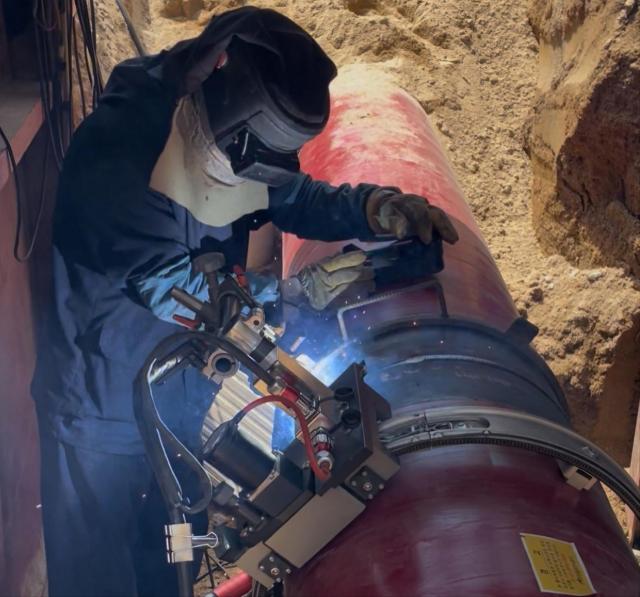
Copyright ⓒ Aju Press All rights reserved.



